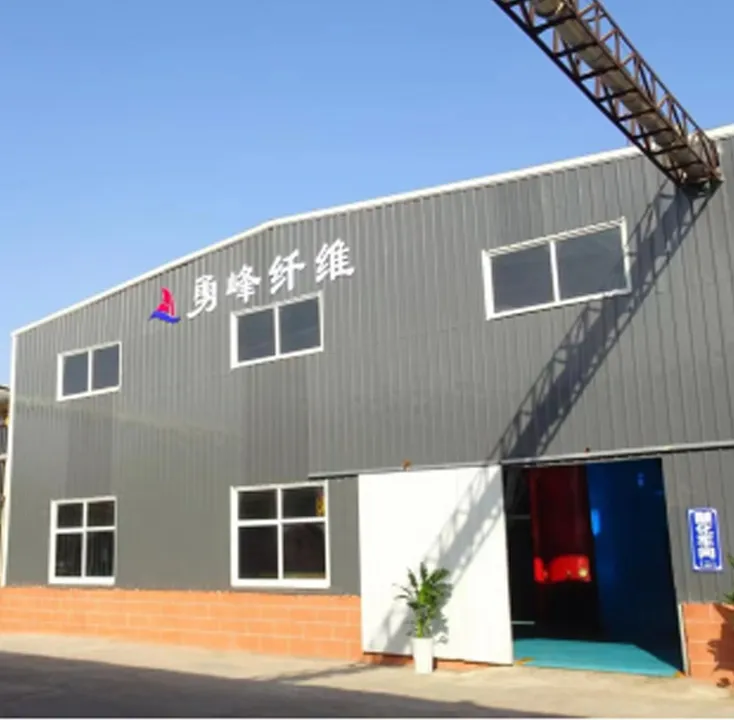Understanding HPMC An Essential Chemical in Modern Applications
Hydroxypropyl Methylcellulose (HPMC) is a versatile chemical compound that plays a crucial role in various industries, including pharmaceuticals, food, cosmetics, and construction. Derived from cellulose, HPMC is a semi-synthetic polymer that is renowned for its thickening, emulsifying, and binding properties. This article delves into the significance of HPMC, its applications, and why it is a chemical of choice in many formulations.
What is HPMC?
HPMC is a modified cellulose polymer that has undergone chemical modification to enhance its solubility in water and improve its functional properties. The structure of HPMC consists of a cellulose backbone with hydroxypropyl and methyl groups introduced, which alters its physical and chemical behavior. This modification allows HPMC to interact with water in a unique way, making it an excellent thickening agent and stabilizer.
Applications of HPMC
1. Pharmaceuticals In the pharmaceutical industry, HPMC is widely used as a film-forming agent, binder, and controlled-release agent in tablet formulations. Its ability to form gels and increase viscosity makes it ideal for creating sustained-release tablets, ensuring that the active ingredients are released gradually into the bloodstream. Additionally, HPMC is used in ophthalmic preparations, providing viscosity and comfort for eye drops.
2. Food Industry HPMC is classified as a food additive under the E-number system, known as E464. It is commonly used as a thickener, emulsifier, and stabilizer in food products. Its non-toxic nature and ability to improve texture mean that HPMC is often found in sauces, dressings, ice creams, and baked goods. Moreover, it serves as a fat replacer, making it popular in low-fat food formulations.
hpmc chemical

3. Cosmetics and Personal Care HPMC is a popular ingredient in cosmetics and personal care products due to its gelling, thickening, and emulsifying properties. It is used in facial cleansers, lotions, and creams to enhance texture and stability. Its ability to create a smooth and creamy consistency lends to an improved sensory feel in skincare formulations.
4. Construction In the construction industry, HPMC is employed as a crucial additive in cement-based products such as mortar, tile adhesives, and plasters. It enhances workability, water retention, and adhesion properties, ensuring that these mixtures remain workable for a longer period before setting. This is particularly beneficial in applications requiring longer working times, especially in larger-scale projects.
Advantages of HPMC
One of the main advantages of HPMC is its safety profile. It is generally regarded as non-toxic and is approved for use in both food and pharmaceutical applications. Additionally, its versatility means it can be tailored for various applications by modifying its degree of substitution and viscosity properties. As a result, manufacturers can customize HPMC to meet specific performance criteria required for different formulations.
Another important characteristic is its compatibility with a wide range of other ingredients, making it a preferred choice for many formulators. This compatibility ensures that HPMC can be efficiently used in conjunction with other polymers and active ingredients without compromising effectiveness.
Conclusion
As industries continue to innovate and seek efficient solutions for product formulation, the importance of HPMC cannot be overstated. Its multifunctionality, safety, and adaptability make it an essential compound across various fields. Whether it's enhancing the stability of a pharmaceutical product, improving the texture of a food item, or ensuring the durability of construction materials, HPMC continues to prove its worth in modern applications. As we move towards more sustainable and efficient practices, the role of HPMC is poised to grow, reinforcing its status as a vital chemical in our everyday lives.
-
The Application and Significance of Construction RdpNewsMay.19,2025
-
Industrial Grade HpmcNewsMay.19,2025
-
Building Coating Adhesive Building Coating Adhesive HpmcNewsMay.19,2025
-
Application Of Hpmc For Detergent For Detergent In DetergentsNewsMay.19,2025
-
Application Of Hpmc Cellulose In Cement-Based MaterialsNewsMay.19,2025
-
Application Of High Quality Hpmc For Construction In The Field Of ConstructionNewsMay.19,2025




